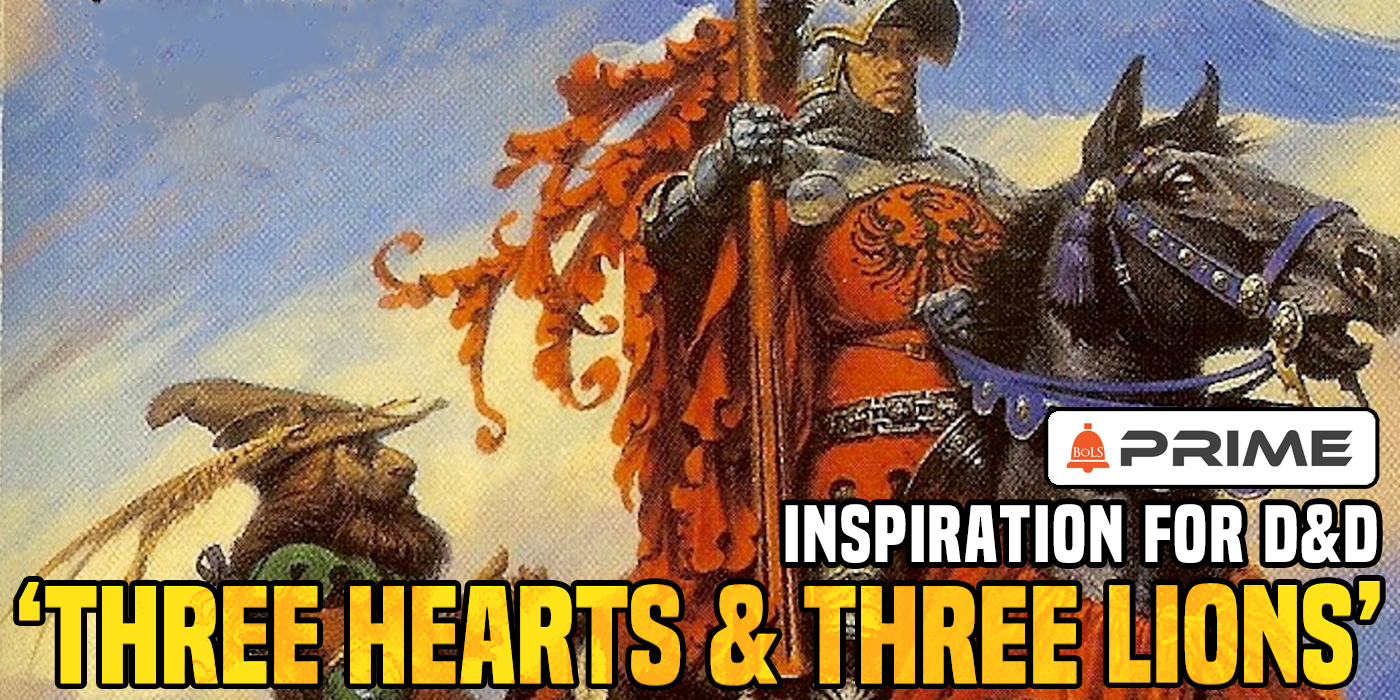When you picture a D&D Paladin or Dwarf, odds are good your imagination is the same as everyone else's– and it's all thanks to one book.
Shining Paladins in gleaming armor, axe-crazy Dwarves with thick Scottish brogues, even the fundamental forces of good and evil, law and chaos... They all seem like they're just a part of the DNA of D&D.
But where do they come from? The answer, surprisingly, is not from some imagined standard of fantasy tropes. They come from one fantasy novel.
Three Hearts and Three Lions by Poul Anderson.
D&D wouldn't be D&D without Three Hearts and Three Lions. The Dying Earth contributed magic and archetypes to D&D. And Poul Anderson laid out the philosophical underpinnings that have people arguing "but it's what my character would do, they're Chaotic Neutral!" to this day.
If you've ever touched anything even close to alignment in D&D, you owe it all to this story.
That's right, all of those alignment square memes can be traced back to this story by Poul Anderson. Anderson inspired authors like Robert Heinlein with his larger-than-life adventure stories.
His characters are known for succeeding or failing spectacularly, and often bot...

